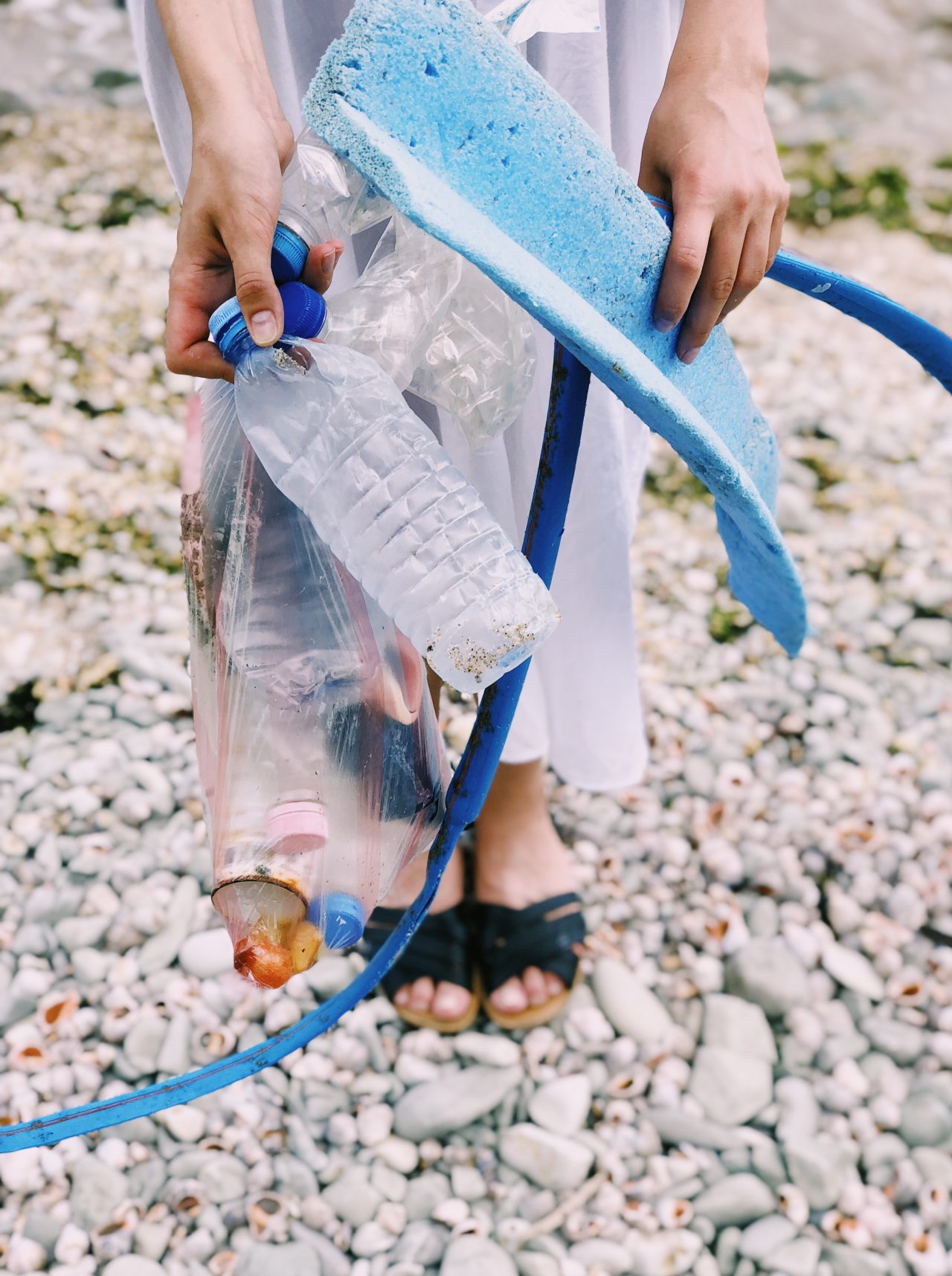Nowhere Is Safe From The Plastic Disaster
We are facing up to one of the biggest challenges in our entire existence. As we have progressed through the years, we have grown, innovated, built and produced.
But now we have created a perfect storm for ourselves. In building this grand society around us, we built it for convenience and not sustainability. Some proof of this is single-use plastics.
Plastic has been great for modern industry. Great for packaging, it’s easily produced and moulded, it’s waterproof, it protects its contents and it’s cheap! Single-use plastics are deeply embedded into our day-to-day lives. Although you use them fleetingly, and often without a second thought, that single-use plastic will take hundreds of years to decompose and microplastics even longer – estimated to be around 1000 years.
How do we justify a few moments of convenience over a thousand years of pollution?
It’s important we don’t get into a blame game and as a consumer, it’s not your fault that most of the things that you consume come wrapped and packaged in plastic, right?
There are alternatives and ways around it, but when the social norm is to not really pay attention to the environmental cost, and when you yourself are busy, rushed and just trying to get by, why should you be blamed?
Manufacturers and corporations really need to be the ones who address this by virtue of them creating the vast majority of it, and when they do, then we’ll see huge change.
And things are changing. But that doesn’t totally abdicate us from taking responsibility. It’s important that we all educate ourselves and others about what our consumption habits are doing to our natural environment, and take it upon ourselves to lead by example.
Plastic Earth
That’s the thinking behind this infographic, which documents how plastic pollution is affecting the planet, and how it can be found on the highest mountains and in the deepest ocean trenches. It also shows the animals and wildlife that are affected by plastic waste at all altitudes. So let’s start at the top and work our way down.
Let’s start at the highest peak on Earth, Mount Everest. There have been striking images of sherpas cleaning litter from the top of Mount Everest in recent years.
Oxygen tanks are discarded, beer cans, and plastic packaging from food. Sure, there’s probably not much in the way of organised rubbish collection on Everest, but that it is because it is 8,800m in the sky. In 2019 alone, 11 tons of litter was removed from the slopes of Everest.
Working our way down, our rivers are now also filling up with plastic. A study by Bangor University in the UK found traces of plastic in every British river. In the US, 55% of the nation’s waterways are considered to be in poor condition and detrimental to public health. How is it that two of the richest countries in the world are allowing this to happen?
Microplastics are sinking to river beds which are then washed down into lake basins. The US has some of the largest freshwater reserves, and freshwater is only 2.5% of the water on the planet. It’s relatively scarce as it is and yet we continue to pour waste into these resources. This is affecting animals like Atlantic salmon, grizzly bears, beavers, otters and more. America’s Great Lakes are taking in 22 million pounds of plastic every year.
On land, landfill sites are growing and growing. Despite household recycling becoming more prevalent these days, there’s evidence to suggest that only 9% of plastic generated is actually getting recycled, with 75% ending up in landfill.
On top of that, Western countries will export their waste to less developed countries, who then often incinerate it, creating more pollution. So, recycling isn’t quite the panacea we think it to be, as a significant chunk of our recycling becomes a burden on a deprived community halfway across the globe.
Our beaches are contaminated too, nearly 70% of debris that washed up on beaches are consumer items like cigarette lighters, shoes, toothbrushes and so on. Floating debris on beaches is something of a common sight these days.
If there’s rubbish on the beaches, then naturally, it’s in the ocean too. You may have heard of the Great Pacific Garbage Patch. This is a floating pile of rubbish in the ocean that contains roughly 80,000 metric tons of plastic. To give you a sense of scale, estimates of its size range from the size of Texas to the size of Russia. It should then probably go without saying how detrimental that is to ocean wildlife. This patch has been growing and growing, with some of the waste in there thought to be over 50 years old.
Whales are one of the most intelligent species of mammal on the planet. Graceful and magnificent, it’s a sorry sight to behold when sperm whales have washed up on beaches and over 60 pounds of plastic can be found in their stomachs. It’s not just single use plastics and consumer items that are at fault here too, abandoned fishing gear accounts for 60% of all the waste in the ocean.
When you consider that plastic straws make up less than 0.1% of that waste, and they’ve been banned, maybe we’re focusing our attention in the wrong place? Ocean life like dolphins and sea turtles get caught up in abandoned fishing gear and lines, as well as getting suffocated by ring can holders, pull tabs, plastic straws and so on.
As we move deeper into the ocean, plastic bags can be found at depths of 1,300 metres, choking leatherback turtles and other species. This is because at these depths of the ocean, some animals mistake floating plastic bags for jellyfish, a source of food. Those that do survive eating these sorts of plastics, can take up to 6 months to complete eradicate them from their bodies.
And now for the deepest depths of our planet, the Marianas Trench. Plastic waste has been found 11,000 metres below the surface of the ocean, that’s a whole Mount Everest and then some. So if you thought you were safe from pollution in the furthest, most uninhabitable extremes of our planet, think again.
When we try to wrap our minds around the destruction we are bringing upon the planet, it can be almost dizzying. And we must reiterate that we aren’t pointing fingers, we’ve all been complicit in plastic pollution to some extent. As much as it feels like we’re fighting a losing battle, the awareness is growing and the discourse is changing.
Until major corporations decide to do something about their pollution, we aren’t going to see real change. But, what we can do is educate ourselves and others, raise awareness and start thinking about how we can change our consumption habits to ensure this doesn’t continue.





